Depression can sometimes be used as a bit of an umbrella term. While it’s true that the different forms of this mental illness all fall under the generalised category of depression, there are several different types, each with its own symptoms and treatments.
Knowing the correct form of this illness, someone has is key in making sure they are receiving the right kind of support for their symptoms. So, what are some of the different forms of depression?
Clinical Depression (& Depressive Episodes)
When your doctor diagnoses you with depression (or the formal name of ‘depressive episodes’) then simply put clinical depression is that initial ‘form’ of the illness. When a doctor initially gives you a diagnosis of depression, that is clinical depression.
There are a lot of psychological, physical and social symptoms that a person with clinical depression can exhibit.
Psychological
Continuous low mood or sadness, feeling hopeless and helpless, irritability and intolerance of others, no motivation or interest in things, not getting any enjoyment out of life, feeling anxious or having thoughts of self-harm or suicide.
Physical
Sluggishness, changes in appetite or weight, unexplained aches and pains, low sex drive, changes to your menstrual cycle or disturbed sleep.
Social
Performing poorly at work, avoiding contact with friends, taking part in fewer social activities, neglecting your hobbies and interests or having difficulties in your home and family life.
Those suffering from clinical depression with psychosis is known as ‘psychotic depression’.
Reactive Depression
Reactive depression is a form of depression that is brought on by a specific situation that has occurred in your life. What is unique about reactive depression is that, unlike other forms of depression, episodes of reactive depression typically only last for a few months after the event that triggered the episode, depending on how severe the trigger was.
A stressful event, or a ‘trigger’, can be considered as anything that changes or threatens to change someone’s everyday situation. Common triggers can include things like:
- The death of a loved one
- The end of a relationship
- Loss of a job
- Car accident
- Rejection
Seasonal Affective Disorder (SAD)
This is a type of depression that comes and goes in a seasonal pattern and is sometimes referred to as ‘winter depression’ as it is more prevalent in the winter months, though there are some sufferers who can experience symptoms during the summer and feel better during the winter.
Symptoms can often include:
- Consistently low mood
- Loss enjoyment/interest in everyday activities
- Irritability
- Feelings of despair
- Feeling guilty
- Feeling worthless
- Feeling unenergised
- Feeling tired during the day or sleeping longer than normal
- Craving carbohydrates (resulting in weight gain)
Many of the symptoms that SAD suffers experience are very similar to those suffered in the other types of depression.
Bipolar Disorder
Also known as ‘manic depression’, bipolar disorder is a brain disorder that causes strange shifts in mood, energy, activity levels and the ability to carry out day-to-day tasks.
The symptoms of bipolar aren’t automatically always present in the sufferer; they usually come and go. However, the symptoms you can look out for are:
- Extreme mood swings
- Manic episodes (for example; talking a lot, racing thoughts, overconfidence)
- Trouble concentrating
- Low mood
- Less energy
- Disturbed sleep (either ‘mania’ – feeling like you hardly need sleep, or ‘depression’ – having difficulty sleeping)
- Lack of appetite
- Thoughts of self-harm
- Psychosis
Like all forms of mental illness, there isn’t one single cause for bipolar, however, is it important to note that Bipolar tends to run in families, so it is thought that there’s a genetic predisposition for it.
Postnatal Depression
This is a type of depression that many new mothers experience after having a baby, and the condition affects more than 1 in every ten women within a year of giving birth. It can also affect fathers and partners, although this is less common.
The symptoms of postnatal depression differ slightly from those of other forms of depression as some symptoms apply directly with the suffer’s connection to their new baby. For example:
- Insistent feelings of sadness
- Lack of enjoyment or interest in the wider world
- Feeling tired all the time
- Trouble sleeping at night but feeling sleepy during the day
- Difficulty bonding with your new baby
- Isolating yourself from others
- Problems concentrating or making decisions
- Alarming thoughts – for example, about hurting your baby

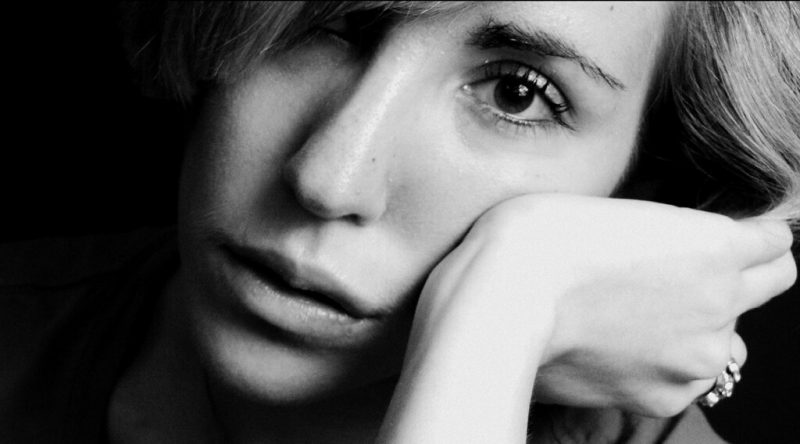


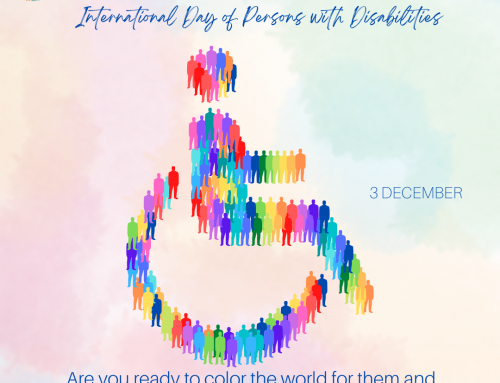
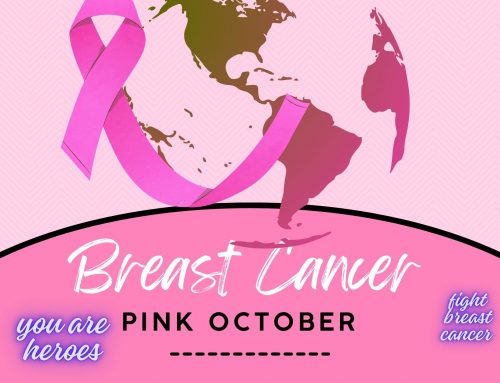
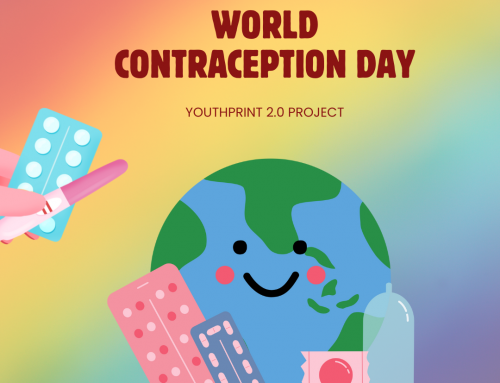





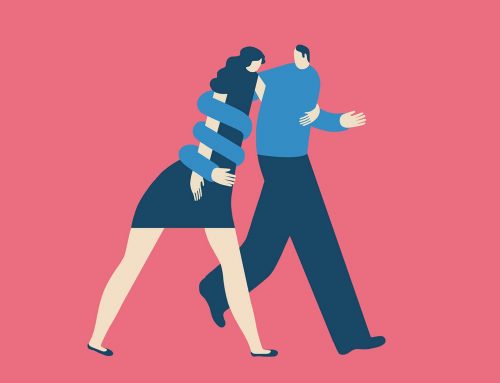
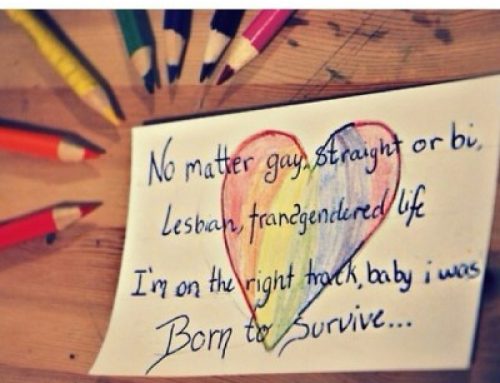
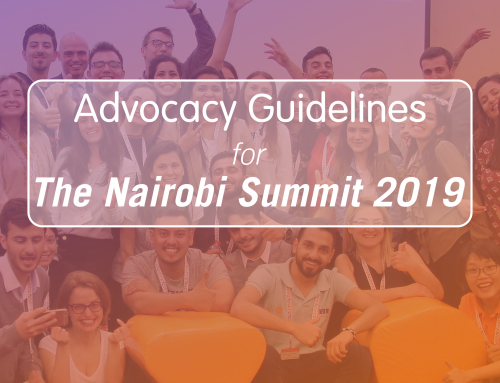
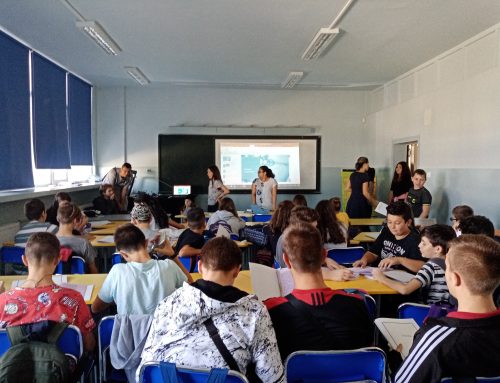
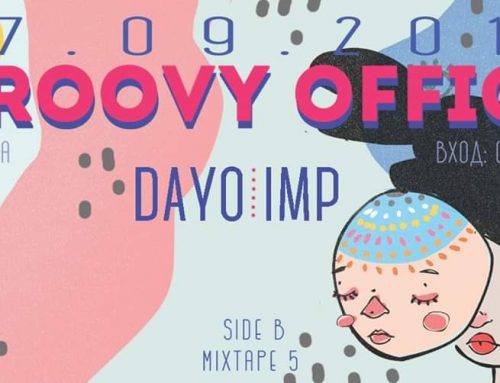



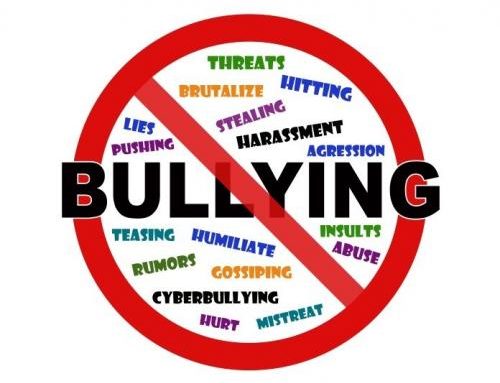
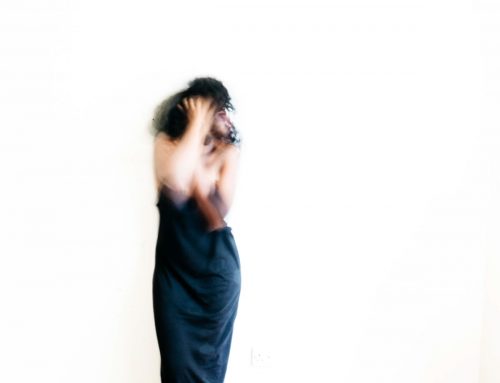
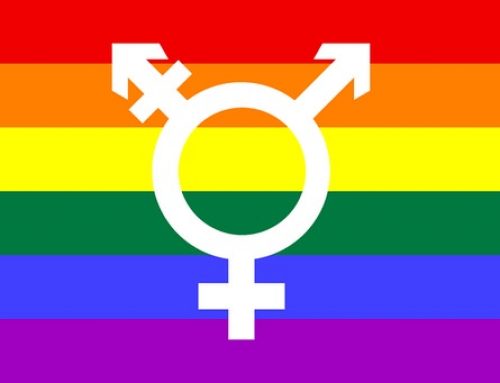
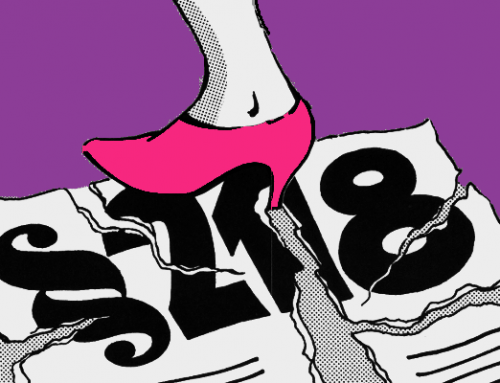

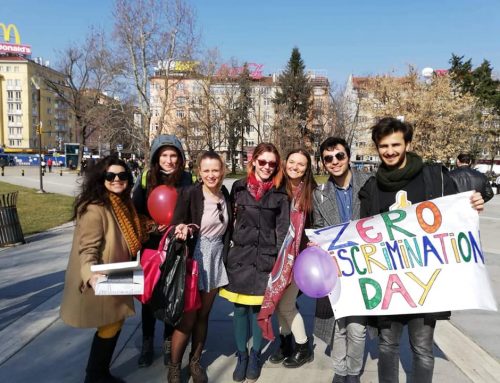


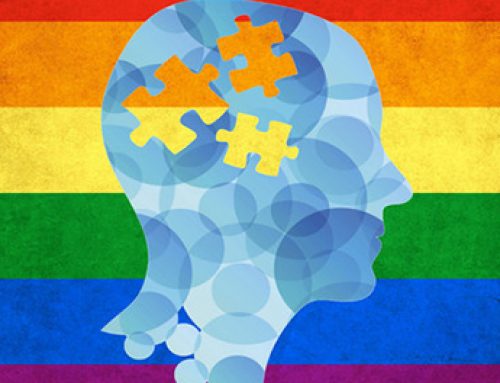
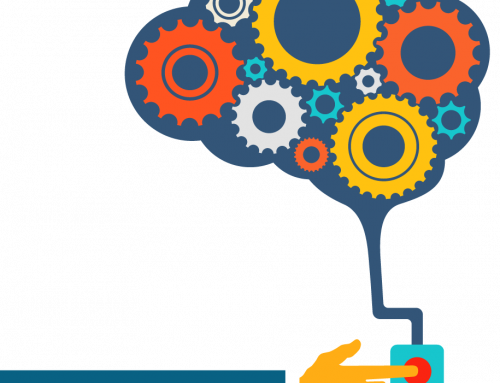

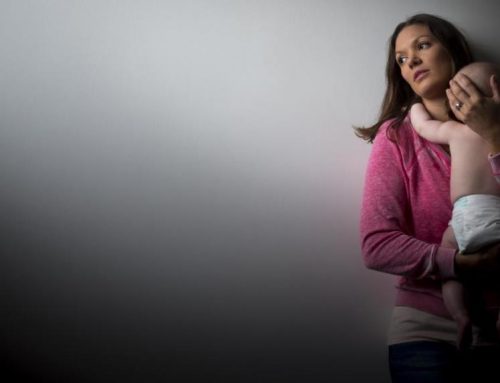

Leave A Comment
You must be logged in to post a comment.